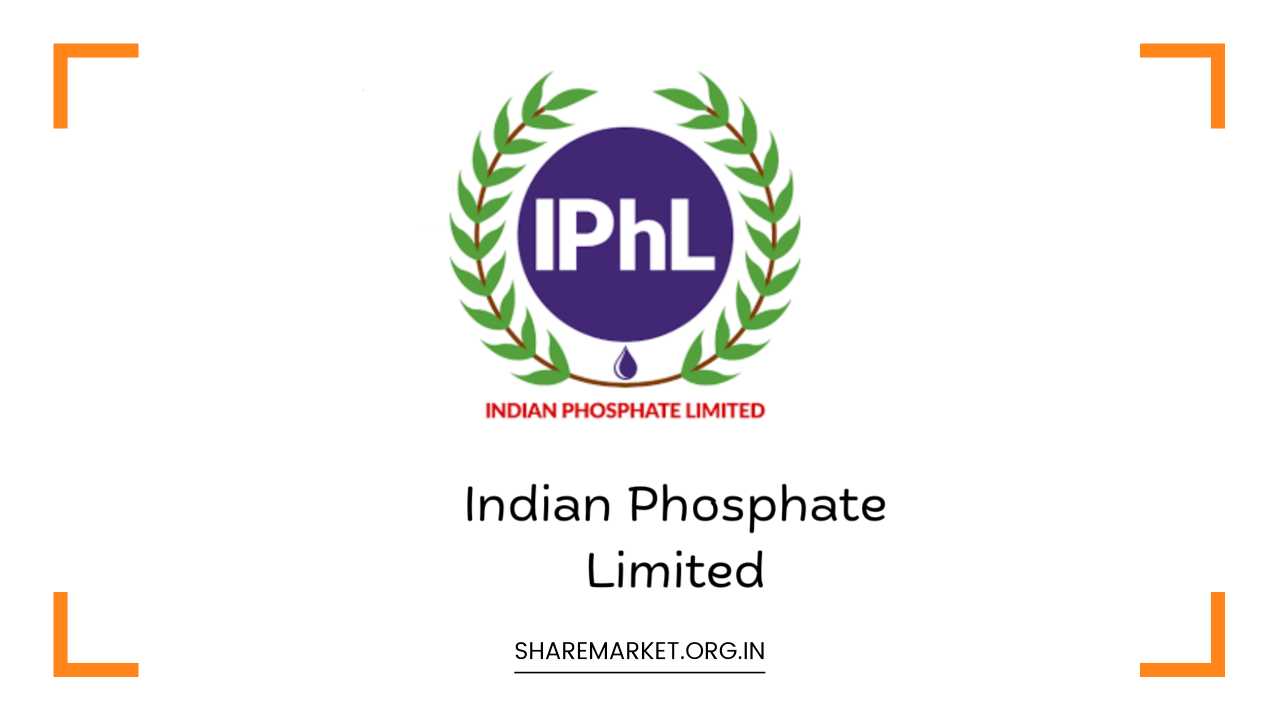Indian Phosphate IPO Listing: Stock lists at 90% premium on NSE SME

Indian Phosphate IPO Listing
Indian Phosphate IPO Listing: Initial Surge, Quick Profit Booking, and Market Volatility
Overview of Indian Phosphate’s IPO
Indian Phosphate, a company established in 1998, recently launched its initial public offering (IPO), opening for subscription from August 26 to August 29, 2024.
The IPO, which aimed to raise Rs 67.36 crore, garnered an extraordinary response from the investment community.
The company’s shares were listed today on the NSE SME platform, marking a significant milestone in its journey as a public entity.
Initial Performance and Investor Reaction
The debut of Indian Phosphate’s shares on the NSE SME platform was met with substantial enthusiasm. The shares were issued at an IPO price of Rs 99, but they opened at Rs 188.10, representing a remarkable 90% premium over the issue price.
This initial spike in share price reflected the high demand and strong interest from investors, who were eager to participate in the company’s public offering.
Despite this promising start, the excitement was tempered by a swift correction. Shortly after the initial surge, the share price faced significant volatility, hitting a lower circuit limit at Rs 178.70.
This meant that the share price could not fall below this threshold during the trading day. The shares eventually closed the day at this lower circuit level, leading to an adjusted profit of 80.50% for IPO investors by the end of the first trading day.
This rapid shift from a substantial gain to a volatile end highlighted the unpredictability of the stock market and the importance of managing investor expectations.
The initial enthusiasm was quickly overshadowed by market realities, illustrating the need for investors to remain cautious and informed.
Subscription Details and Investor Interest
The overwhelming response to the IPO was evident in the subscription figures. Indian Phosphate’s IPO was subscribed a staggering 267 times overall. This extraordinary level of interest was broken down as follows:
- Qualified Institutional Buyers (QIBs): This segment was filled 181.58 times, indicating strong confidence from institutional investors in the company’s prospects.
- Non-Institutional Investors (NIIs): The portion reserved for non-institutional investors saw a subscription rate of 441.01 times, reflecting high demand from high-net-worth individuals and other entities.
- Retail Investors: Retail participation was also robust, with a subscription rate of 243.02 times, underscoring the widespread interest among individual investors.
The high subscription rates across all segments demonstrated a broad-based interest in Indian Phosphate, suggesting strong investor confidence in the company’s future growth potential and market position.
Utilization of IPO Proceeds
The funds raised from the IPO are earmarked for several key purposes:
- New Manufacturing Facility: A significant portion of the proceeds will be invested in setting up a new manufacturing facility. This expansion is expected to enhance production capabilities and support the company’s growth ambitions.
- Working Capital Requirements: Additional funds will be allocated to meet working capital needs, ensuring that the company can efficiently manage its day-to-day operations.
- General Corporate Purposes: The remaining funds will be used for general corporate purposes, providing the company with flexibility to address various business needs and opportunities.
The strategic allocation of these funds is aimed at supporting the company’s expansion plans and operational efficiency, positioning it for sustained growth and profitability in the future.
Company Profile and Operations
Indian Phosphate specializes in the production of anionic surfactants used in a wide range of cleaning products, including washing powders, cake detergents, toilet cleaners, and liquid detergents. Additionally, the company manufactures chemicals related to fertilizers.
Its operations are spread across several key states in India, including Punjab, Bihar, Gujarat, Haryana, Madhya Pradesh, Maharashtra, Uttar Pradesh, Rajasthan, Himachal Pradesh, West Bengal, and Uttarakhand.
The company’s extensive geographical reach and diversified product portfolio provide a solid foundation for its growth and market presence.
By catering to various sectors and regions, Indian Phosphate has established itself as a significant player in the chemical and detergent industries.
Financial Performance and Growth Trajectory
Indian Phosphate has demonstrated a strong financial performance over the years. The company’s net profit figures reflect a positive trajectory, although there have been fluctuations:
- FY 2021: The company reported a net profit of Rs 5.09 crore.
- FY 2022: The profit surged to Rs 16.16 crore, highlighting robust financial growth.
- FY 2023: The profit continued to increase, reaching Rs 16.59 crore.
- FY 2024: However, there was a slight decline in profit to Rs 12.10 crore.
Despite this recent dip, the company has achieved impressive revenue growth, with a compound annual growth rate (CAGR) of over 20%, reaching Rs 717.58 crore.
This growth reflects the company’s ability to expand its market presence and enhance its operational efficiency.
On the other hand, the company’s debt has risen significantly, from Rs 4.34 crore to Rs 40.23 crore over the same period.
This increase in debt could be a concern for investors, as it may impact the company’s financial stability and cost of capital.
Final Remarks
The Indian Phosphate IPO has been a noteworthy event in the Indian stock market, characterized by an enthusiastic response from investors and a strong initial performance.
However, the rapid shift from an impressive listing gain to a volatile trading day underscores the inherent risks and uncertainties of the stock market.
Investors should consider both the opportunities and risks associated with the IPO, keeping an eye on the company’s strategic use of funds, financial health, and market conditions.
As Indian Phosphate embarks on its journey as a public company, its ability to navigate these challenges and capitalize on its growth prospects will be crucial in shaping its future success.

















